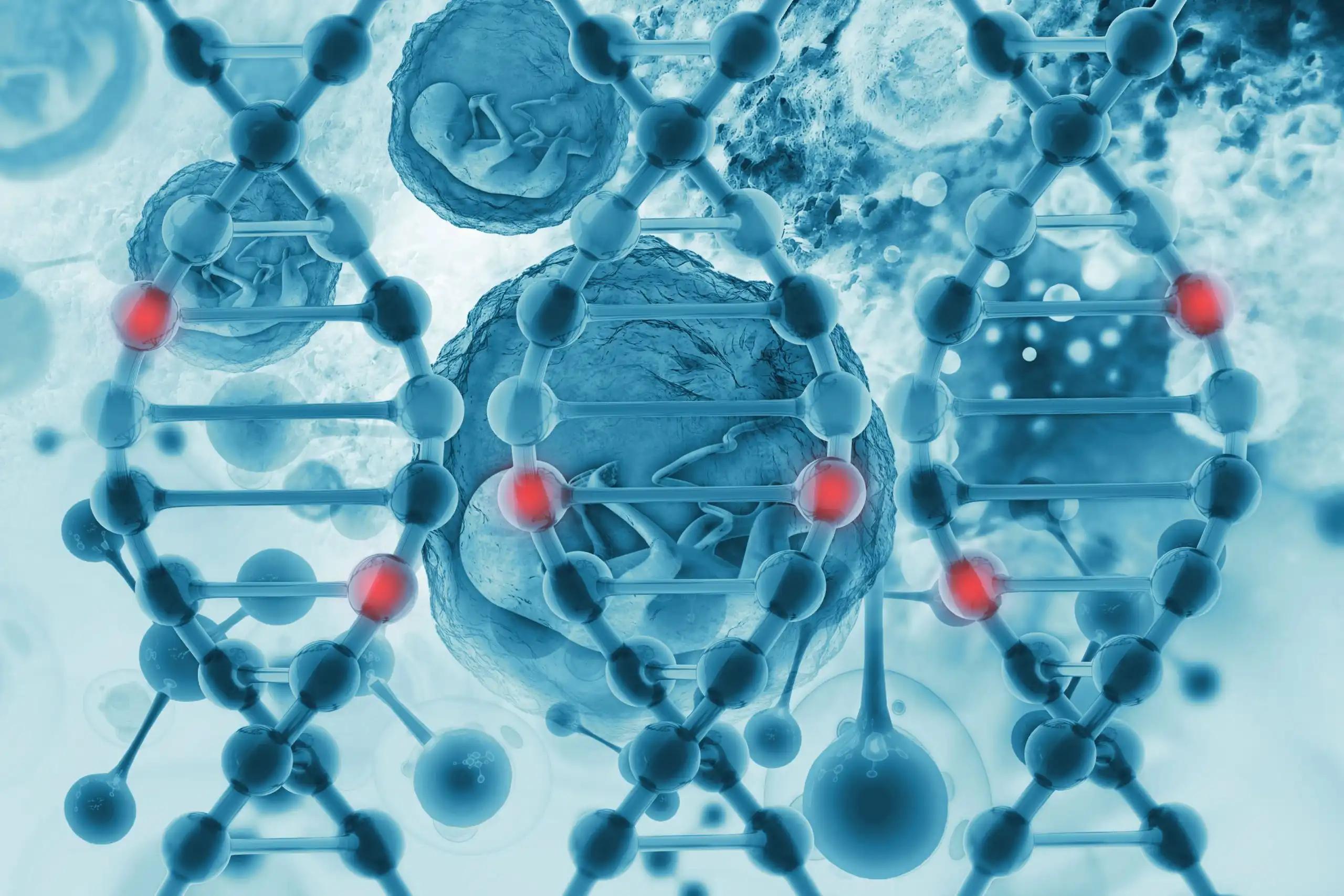KEY TAKEAWAYS
- The study aimed to utilize explainable ML to determine the importance of patient features, identify PMRT-benefiting subgroups, and create clinician guidance tools.
- The results showed that the PMRT benefits patients with larger tumors, older age, and higher grade. Deep learning enhances survival prediction compared to the Cox model.
The debate over the requirement of postmastectomy radiotherapy (PMRT) for HR+/HER2 T1-2 N1M0 breast cancer patients persists.
Long Jin and the team aimed to employ explainable machine learning (ML) to ascertain the importance of patient features, pinpoint subgroups benefiting from PMRT, and create doctor guidance tools.
This study trained and validated two ML survival models, a deep learning neural network, and a Cox proportional hazard model. The training dataset included 35,347 patients with HR+/HER2- T1-2 N1M0 breast cancer who underwent mastectomy from the SEER database between 2013 and 2018. They evaluated the model performance using the concordance index (c-index).
The subgroup analysis was conducted to identify patients who could benefit from PMRT. Global feature importance and individual feature importance for survival prediction were analyzed. Finally, a Cloud-based recommendation system for PMRT, visualizing survival curves for each treatment plan, was developed and deployed online.
About 35,347 patients were enrolled in this study. Radiotherapy was found to enhance overall survival (OS) in patients with tumor size >14mm and age older than 54, with 5-year OS rates of 91.9% versus 87.2% (radio vs. nonradio, P <0.001), and in the cohort with tumor size >14mm and grade worse than well-differentiated, with 5-year OS rates of 90.8% versus 82.3% (radio vs nonradio, P <0.001). The deep learning network exhibited superior stability and accuracy in predicting patient survival compared to the random survival forest and Cox proportional hazard model on the internal test dataset (C-index=0.776 vs. 0.641) and in the external validation (C-index=0.769 vs. 0.650).
Furthermore, the deep learning model identified several vital factors significantly influencing patient survival, including examined regional nodes, age- 45-49 years old, positive regional nodes (PRN), and tumor size.
The results showed that patients with tumor size >14mm and age over 54, along with those having tumor size >14mm and poorly differentiated grade, may benefit from PMRT. The deep learning network displayed superior stability and accuracy in survival prediction compared to the Cox proportional hazard model during internal testing. Additionally, tumor size, examined regional nodes, age 45-49 years, and PRN emerged as the most influential factors for OS.
This study received funding from The Science and Technology Elite Talent Project of Shaanxi Provincial People’s Hospital and The Science and Technology Development Incubation Fund project of Shaanxi Provincial People’s Hospital.
Source: https://pubmed.ncbi.nlm.nih.gov/38375194/
Jin L, Zhao Q, Fu S, et al. (2024) ‘’Who can benefit from postmastectomy radiotherapy among HR+/HER2- T1-2 N1M0 breast cancer patients? An explainable machine learning mortality prediction based approach.’’ Front Endocrinol (Lausanne). 2024 Feb 2:15:1326009. doi: 10.3389/fendo.2024.1326009. eCollection 2024.



